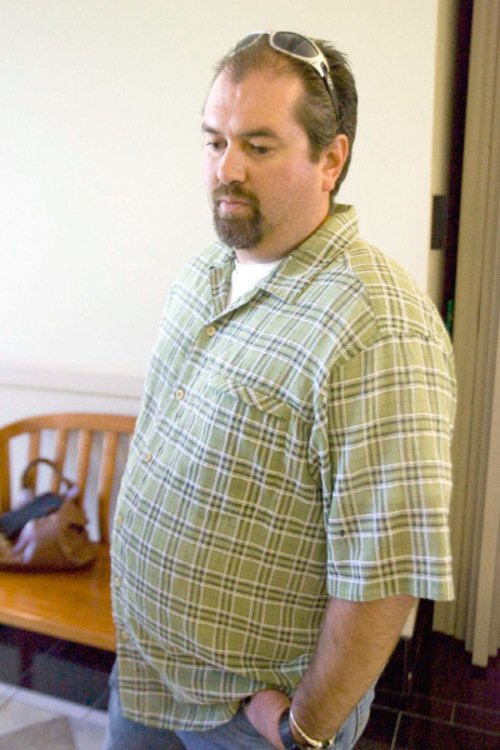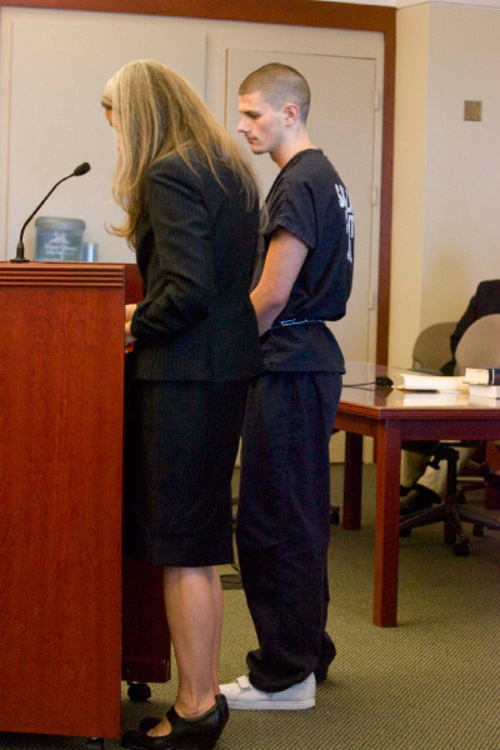This is an archived article that was published on sltrib.com in 2010, and information in the article may be outdated. It is provided only for personal research purposes and may not be reprinted.
Attorneys have worked out a tentative plea deal in the case of a West Valley City teen accused of killing his next-door neighbor with a baseball bat last year.
Martin R. Vuksinick Jr., 19, would plead guilty as charged to aggravated murder, which carries the potential for the death penalty, and be sentenced to prison for 20 years to life.
As part of the deal, first-degree felony counts of aggravated burglary and second-degree felony obstruction of justice would be dismissed.
On Friday, 3rd District Judge Judith Atherton indicated to attorneys that she was inclined to approve the deal. But first, the judge wants to see a presentence report on Vuk-sinick, which will give her insight into the defendant's personality and past.
Vuksinick, meanwhile, waived his right to a preliminary hearing. He is expected to plead guilty on Dec. 17.
Vuksinick allegedly bludgeoned 33-year-old Kimberly Hain in the early hours of May 22, 2009, after entering her home — near 6600 West and Fanfare Court (3320 South) — with the intent of theft.
The teen told police he found Hain in her bedroom and struck her several times with a baseball bat, according to charging documents.
Vuksinick later led police to where he had hidden the murder weapon in a nearby field.
Police have said Vuksinick may have been using cocaine at the time of the crime.
Following Friday's hearing, the victim's husband, Pat Hain, said it was "painful" to see Vuksinick in court.
"He was a friend of ours," Hain said. "Our families were close."
He said the two families went camping together, ate dinner together and spent birthdays together.
But in recent years, Hain added, Martin Vuksinick had "gone downhill . . not going to school, getting into drugs and running around with the wrong people."
The case has been delayed since last fall when the defense raised concerns about Vuk-sinick's ability to hear. The defendant had hearing aids, but they did not function properly. Following a dispute over who should pay for working hearing aids, it was determined that the courts must bear the cost.

















